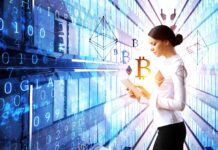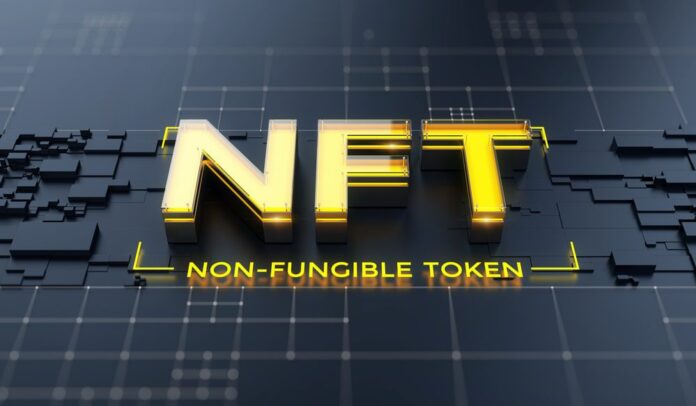
In the ever-evolving landscape of blockchain technology, a groundbreaking phenomenon has emerged, challenging our conventional understanding of value and ownership in the digital realm.
Non-Fungible Tokens, or NFTs, have swept across industries, captivating artists, collectors, and investors alike with their ability to tokenize and authenticate digital assets like never before. From virtual art and gaming assets to rare collectibles and exclusive virtual experiences, NFTs have paved the way for a new era of ownership, creativity, and financial opportunities.
This article aims to comprehensively explore NFTs, shedding light on their significance, value proposition, and practical applications. We will embark on a journey to understand the essence of NFTs, unveiling their meaning and function in the blockchain world.
Delving deeper, we will explore the driving factors behind the growing allure of NFTs and the compelling reasons why individuals are flocking to buy and trade these unique digital assets. While traditional art forms, collectibles, and investments have long dominated the physical world, NFTs have forged an unprecedented bridge between the virtual and tangible domains.
As we venture into the heart of this digital revolution, we will uncover the diverse ways NFTs can generate income for creators and owners alike, opening up exciting possibilities for artists to monetize their work and enthusiasts to secure valuable digital holdings.
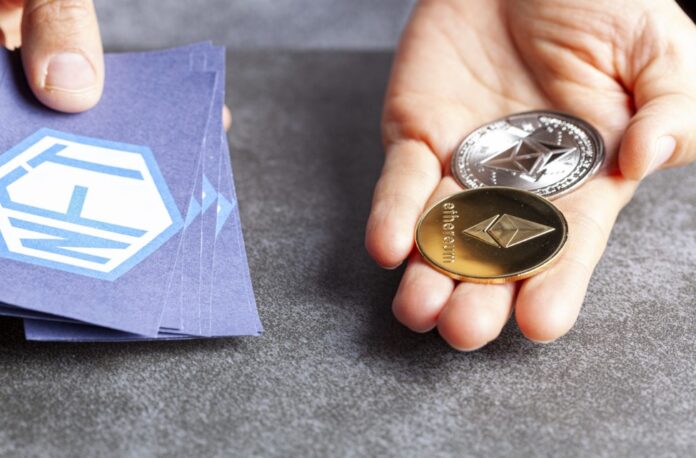
What does NFT Mean?
NFT stands for Non-Fungible Token, a one-of-a-kind digital asset representing ownership or proof of authenticity of a specific item or piece of content on a blockchain. Unlike cryptocurrencies such as Bitcoin or Ethereum, which are fungible and can be exchanged for one another at an equal value, NFTs are unique and cannot be replaced on a one-to-one basis. Each NFT carries a distinct weight and individuality, making it highly desirable in the digital landscape.
NFTs are based on blockchain technology, primarily on Ethereum’s blockchain, which allows for creating and storing unique tokens. Smart contracts ensure that NFTs are indivisible, immutable, and transparent, maintaining a secure record of ownership and transaction history.
Why Would Anyone Buy an NFT?
The purchase of NFTs can be attributed to several key factors:
- Ownership and rarity ─ Owning an NFT grants digital asset ownership and a sense of rarity, as many NFTs are limited in supply or even one-of-a-kind. For collectors and enthusiasts, this unique ownership experience holds excellent value.
- Digital art and collectibles ─ NFTs have revolutionized the art industry by allowing artists to tokenize their work, proving its authenticity and ownership rights. Collectors can purchase digital art pieces or virtual collectibles, such as trading cards, in-game assets, and virtual real estate.
- Investment and speculation ─ Some individuals buy NFTs as an investment, hoping that their value will appreciate over time. This speculative aspect of NFTs has attracted considerable attention from investors looking to diversify their portfolios.
- Community and social engagement ─ Many NFT projects come with vibrant communities, which offer unique perks to NFT holders. These perks could include access to exclusive events, virtual meetups, or private chats with creators and influencers.
- Gaming and virtual worlds ─ NFTs have significantly impacted the gaming industry by enabling the ownership and trade of in-game assets. Players can now buy, sell, and exchange virtual items, avatars, and land within decentralized virtual worlds.
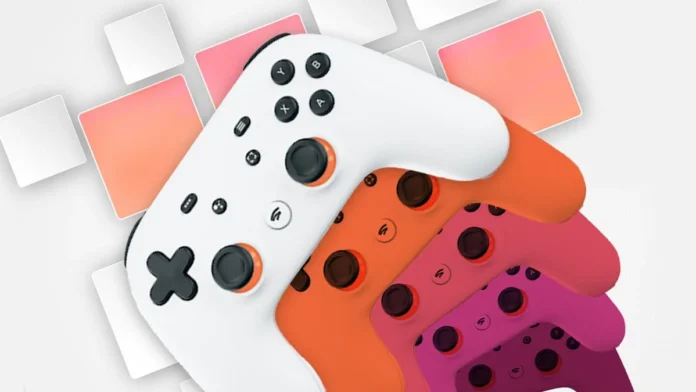
How Does an NFT Make Money?
NFTs can generate revenue for their creators and owners in various ways:
- Primary sales ─ Creators mint NFTs and put them up for auction or direct sale on NFT marketplaces. When someone purchases an NFT, the creator receives a percentage of the sale price (royalties).
- Secondary sales ─ One of the revolutionary aspects of NFTs is that creators can earn royalties even after the initial sale. Whenever an NFT changes hands in the secondary market, the creator typically receives a percentage of that transaction.
- Value appreciation ─ Unlike traditional art or collectibles, NFTs can increase value over time. If the demand for a specific NFT rises, its price in the secondary market can surge, allowing the owner to sell it at a profit.
- Licensing and usage ─ Some NFT creators offer additional rights or licensing deals with their NFTs, enabling buyers to use the content in specific ways. For example, an NFT owner might have the right to use digital art in commercial projects, earning revenue from its use.
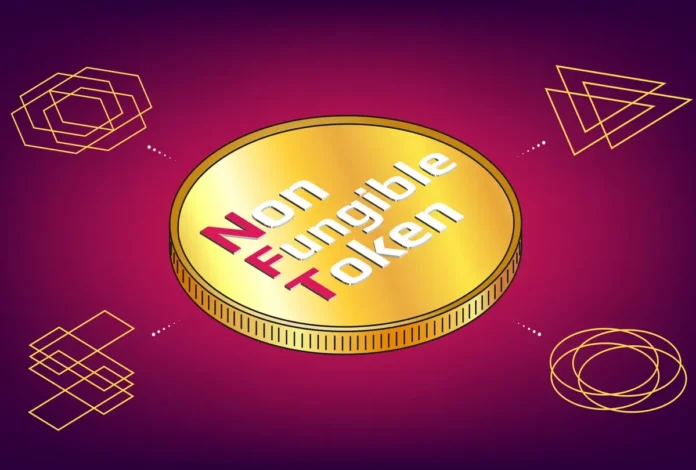
How Do I Create an NFT and Sell it?
Creating and selling an NFT involves several steps.
- Choose the content ─ Decide the digital content you want to tokenize as an NFT. It could be digital art, music, a video, a collectible item, or any other unique digital creation.
- Select a blockchain platform ─ Ethereum is the most common blockchain for NFTs, but other platforms like Binance Smart Chain, Flow, and Tezos also support NFTs. Each forum has its own set of tools and marketplaces for creating and selling NFTs.
- Create the NFT ─ To mint an NFT, you must use a platform or marketplace that supports NFT creation. This process involves uploading your content, adding metadata (such as title, description, and artist information), and setting any royalty fees you wish to receive for future sales.
- Choose a marketplace ─ There are several online NFT marketplaces where you can list your NFT for sale. Some popular platforms include OpenSea, NFT Profit, Rarible, SuperRare, and Nifty Gateway.
- List and promote ─ Once your NFT is minted, you can list it for sale on the chosen marketplace. Promote your NFT through social media, online communities, and collaborations with other creators to increase visibility and attract potential buyers.
- Set the price ─ Decide on the initial price for your NFT, and if it is an auction, set the starting bid or reserve price. Remember to consider the market demand and the uniqueness of your NFT when setting the price.
- Manage royalties ─ If you want to earn royalties from secondary sales, ensure you have set the appropriate percentage in the NFT’s metadata during the minting process.
- Complete the sale ─ Once a buyer purchases your NFT, the transaction will be recorded on the blockchain, and ownership will transfer to the buyer. The marketplace will handle the payment, and you’ll receive the proceeds according to the platform’s terms.
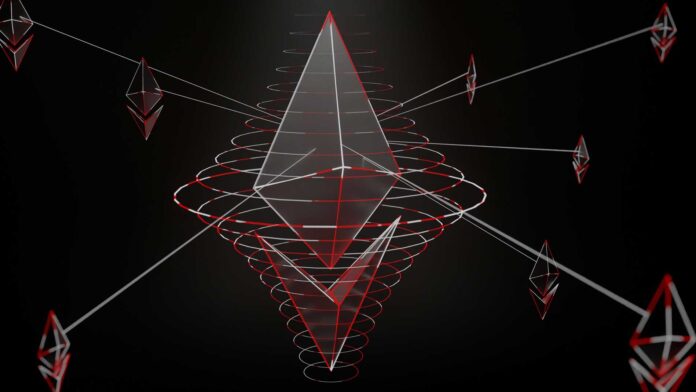
Wrapping Up
As we draw the curtains on our exploration of Non-Fungible Tokens (NFTs), we stand in awe of the incredible innovation and transformative power they have brought to the digital world. NFTs have shattered conventional norms, introducing a paradigm shift that redefines ownership, creativity, and investment in virtual assets.
Through this journey, we have grasped the essence of NFTs – unique digital tokens backed by blockchain technology representing ownership and authenticity. We have witnessed how they have revolutionized how we value and exchange digital art, gaming assets, collectibles, and beyond.
The allure of NFTs lies not only in their scarcity and uniqueness but also in their immersive experience. Creators have found a new medium to showcase their talent, and collectors now have access to an ever-expanding universe of one-of-a-kind treasures. Investors, too, have recognized the potential for financial gains as NFTs pave the way for decentralized and inclusive markets.

